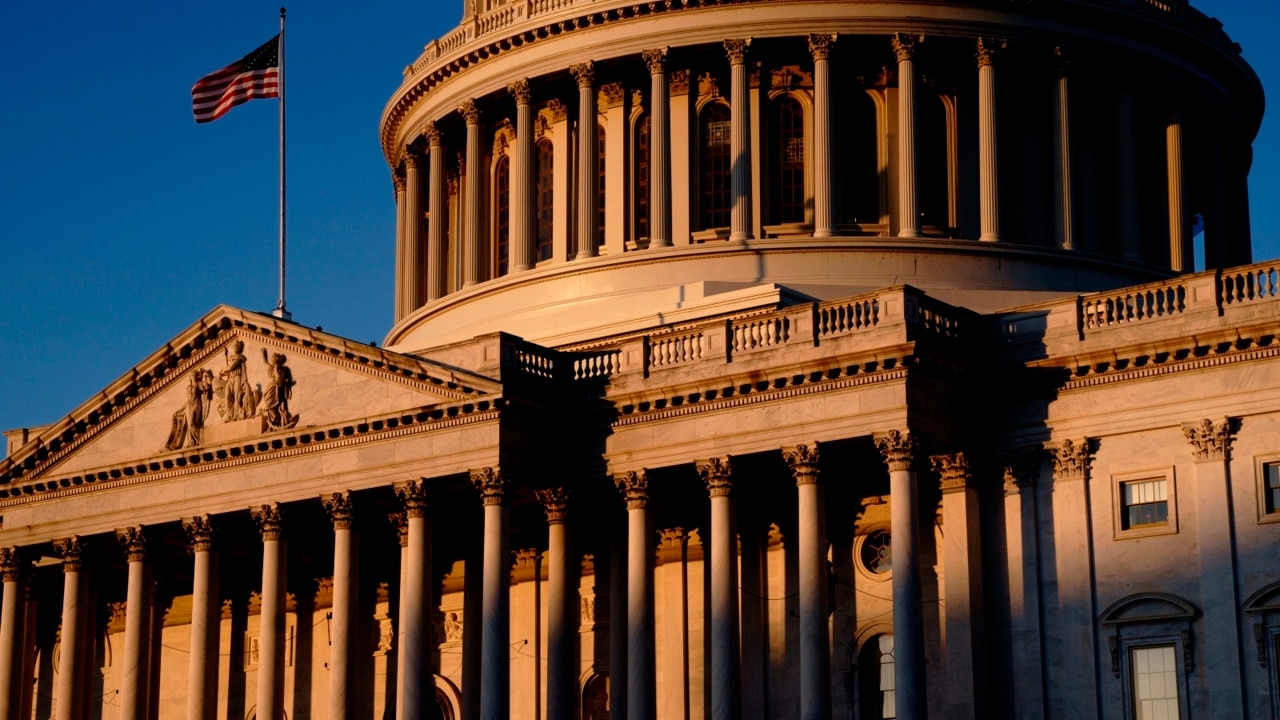Airfare relief in sight, says Singapore Airlines
High airfares have helped Singapore Airlines to a record half year result, but relief for travellers could be on the way.

High airfares responsible for delivering Qantas and now Singapore Airlines a huge half-year profit should start to ease next year as the economic downturn cools the demand for travel.
Singapore Airlines’ regional vice president for southwest Pacific Louis Arul predicted fare relief was in sight as more capacity came into the market, and supply and demand evened up.
Mr Arul said there was no doubt higher airfares had helped Singapore Airlines achieve a record $1.35bn (SGD$1.23bn) operating profit for the six months from March to September, and a $1bn (SGD$927m) net profit.
The results marked an extraordinary turnaround for the carrier, which raised over $22bn early on in the pandemic to help it weather losses totalling $6bn.
Mr Arul said they were now back to 76 per cent of pre-Covid capacity levels. Revenue was at 101 per cent of the 2019 first half.
“Quite clearly airfares are a function of supply and demand and because people have been buying tickets earlier, flights have been filling up earlier, so you see the fares rising even earlier,” he said.
“That has meant that even though we carried fewer passengers compared to pre-Covid, because of the higher fares the profits are obviously better.”
Fuel hedging and cost reductions across the airline also contributed to the outstanding result, which saw the company announce a 10c a share dividend, the first since 2019.

Mr Arul said forward bookings for the second half of the year indicated continued strength of demand, but government warnings around inflation could knock the heat out of the market.
“We do see some changes already in the cargo market and historically cargo has always been a precursor to weakness in the passenger side, so we have to see how that goes,” he said.
“It’s hard to predict these things, but we just have to be prepared and act accordingly.”
Any cooling in demand, at the same time as capacity growth, was likely to put downward pressure on fares, with Mr Arul predicting “some softening” in the next few months.
“But we don’t see it yet in the market, whether it’s in our bookings, or in restaurants and bars. People are still spending like they have been for the last six months,” he said.
“We may see something after Christmas, which tends to be a kind of a barrier beyond which people don’t make decisions.”
Capacity in the Australian market was back to 78 per cent of pre-Covid levels, with over 90 per cent of seats booked for every flight in and out of the country.
As well as Singapore and London, Mr Arul said they were seeing very strong demand from Australians for India.
“That’s the main difference compared to pre-Covid travel trends. We see India coming up to the top,” he said.
“We are also seeing a bit more coming into Vietnam, which is quite interesting. Australians have got the travel bug in them.”
By the year’s end, 95 per cent of the airline’s fleet was expected to be back in the sky, with all but one of Singapore’s 12 A380s now in service.
The last one will return to work after being retrofitted with the new cabin product first launched in 2019.
Bureau of Infrastructure, Transport and Regional Economics data showed Singapore Airlines was Australia’s second-biggest international carrier after Qantas, with 13.2 per cent of the market in August. Jetstar was third with 12.9 per cent.
Prior to Covid-19, the airline ranked third behind Qantas and Jetstar with just over 8 per cent market share.




To join the conversation, please log in. Don't have an account? Register
Join the conversation, you are commenting as Logout